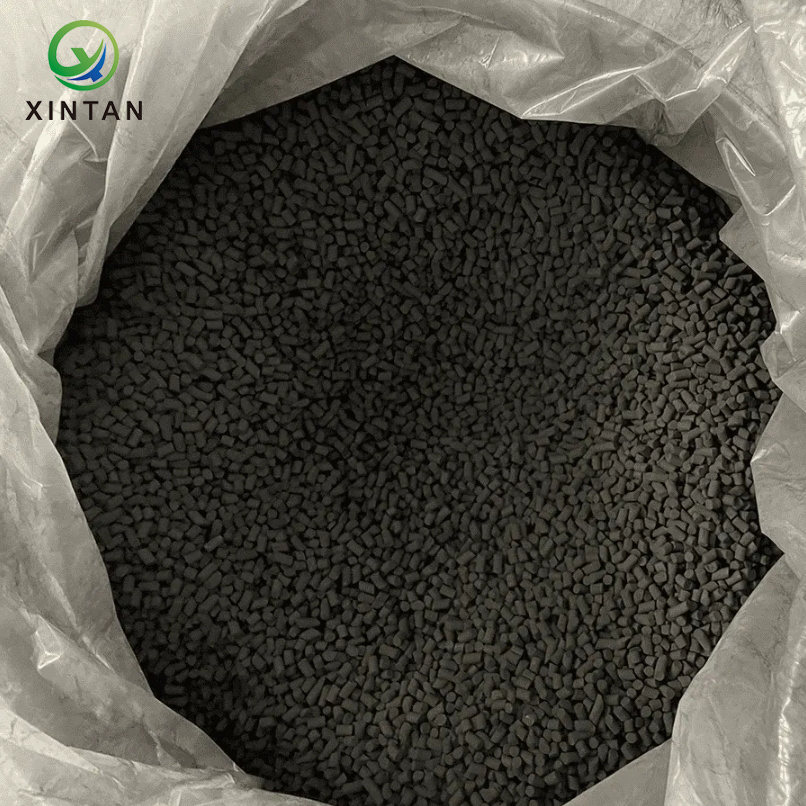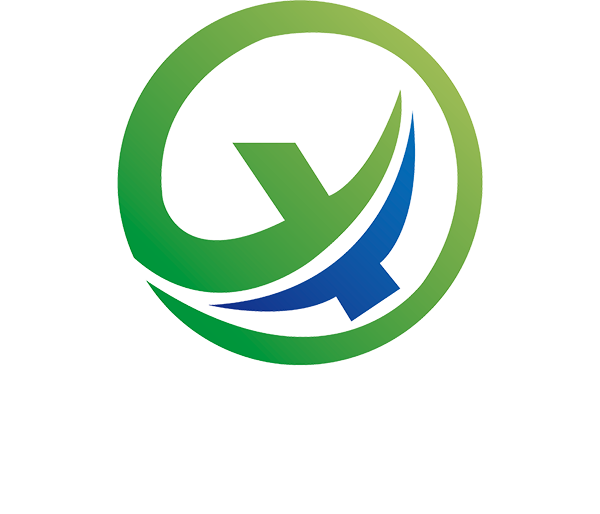Ultra-High Purity Nitrogen Production: Controlling CO Impurities at the ppb Level
In cutting-edge fields like semiconductor manufacturing and optoelectronic packaging, ultra-high purity nitrogen (≥99.9999%) requires CO impurities to be strictly controlled ≤0.1 ppm—a challenge not just of gas purity, but of end-to-end process optimization.
1. Key Sources of CO
1) Air Feedstock Background: While cryogenic air separation can purify nitrogen, the natural 0.1–0.5 ppm CO in air is difficult to fully remove.
2) Hydrocarbon Conversion Byproducts: Incomplete combustion of hydrocarbons (e.g., CH₄) in high-temperature equipment generates CO.
System Contamination: Organic impurities from compressor lubricants or sealing materials, thermally decomposed at high temperatures, further oxidize into CO.
2. Core Purification Process: The "Combo" of Catalytic Oxidation + Multi-Stage Adsorption
Step 1: Catalytic Oxidation
Precious/transition metal catalysts (e.g., Pt/Pd-Al₂O₃) efficiently convert CO to CO₂ while consuming trace O₂ (dynamic O₂ balance control is critical).
Step 2: Synergistic CO₂ Removal
A 13X molecular sieve adsorption tower simultaneously dehydrates (dew point ≤-80°C) and reduces CO₂ to ≤0.1 ppm—a prerequisite for subsequent residual CO purification.
Step 3: Residual CO Precision Control
A CuY molecular sieve adsorption tower (selective for CO) further reduces CO to <0.01 ppm, meeting the most stringent electronic-grade gas standards.
Critical Process Control Principles
Catalyst Poisoning Prevention: Feed gas must be pre-treated to remove H₂S, HCl, and other poisons, with periodic high-temperature regeneration (carbon removal) to restore activity.
Adsorbent Regeneration Cycles: TSA (Temperature Swing Adsorption) or PSA (Pressure Swing Adsorption) cycles are tailored based on gas volume/impurity load (typically every 8–24 hours).
Oxygen-Free Environment: Post-catalytic oxidation, O₂ must be limited to ≤0.1 ppm to prevent reactions with downstream adsorbents or product contamination.

Related News




